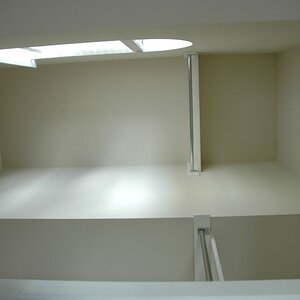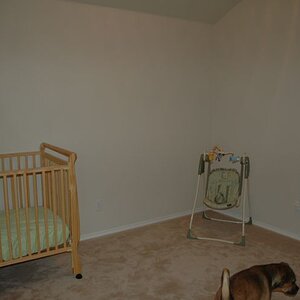A
astrostu
Guest
Being into astrophotography, I've photographed lots of objects in space, but I've never done the sun. I have a super zoom lens that's 500-1000 mm with a 72 mm aperture, but it also has a hood that threads on which has an aperture at the end of 77 mm.
I found a brand of solar filters for camera lenses online, and my question is: Would it be better to buy a 77 mm filter to put at the end of the hood, farther from the lens, or a 72 mm filter to put closer to the lens? Or, should I invest an additional $15 and get a step-down ring 77 -> 72 mm and get the 77 mm filter?
Thanks.
I found a brand of solar filters for camera lenses online, and my question is: Would it be better to buy a 77 mm filter to put at the end of the hood, farther from the lens, or a 72 mm filter to put closer to the lens? Or, should I invest an additional $15 and get a step-down ring 77 -> 72 mm and get the 77 mm filter?
Thanks.





![[No title]](/data/xfmg/thumbnail/37/37605-90c8efaef5b7d1f52d4bf8e7dfd33673.jpg?1619738148)
